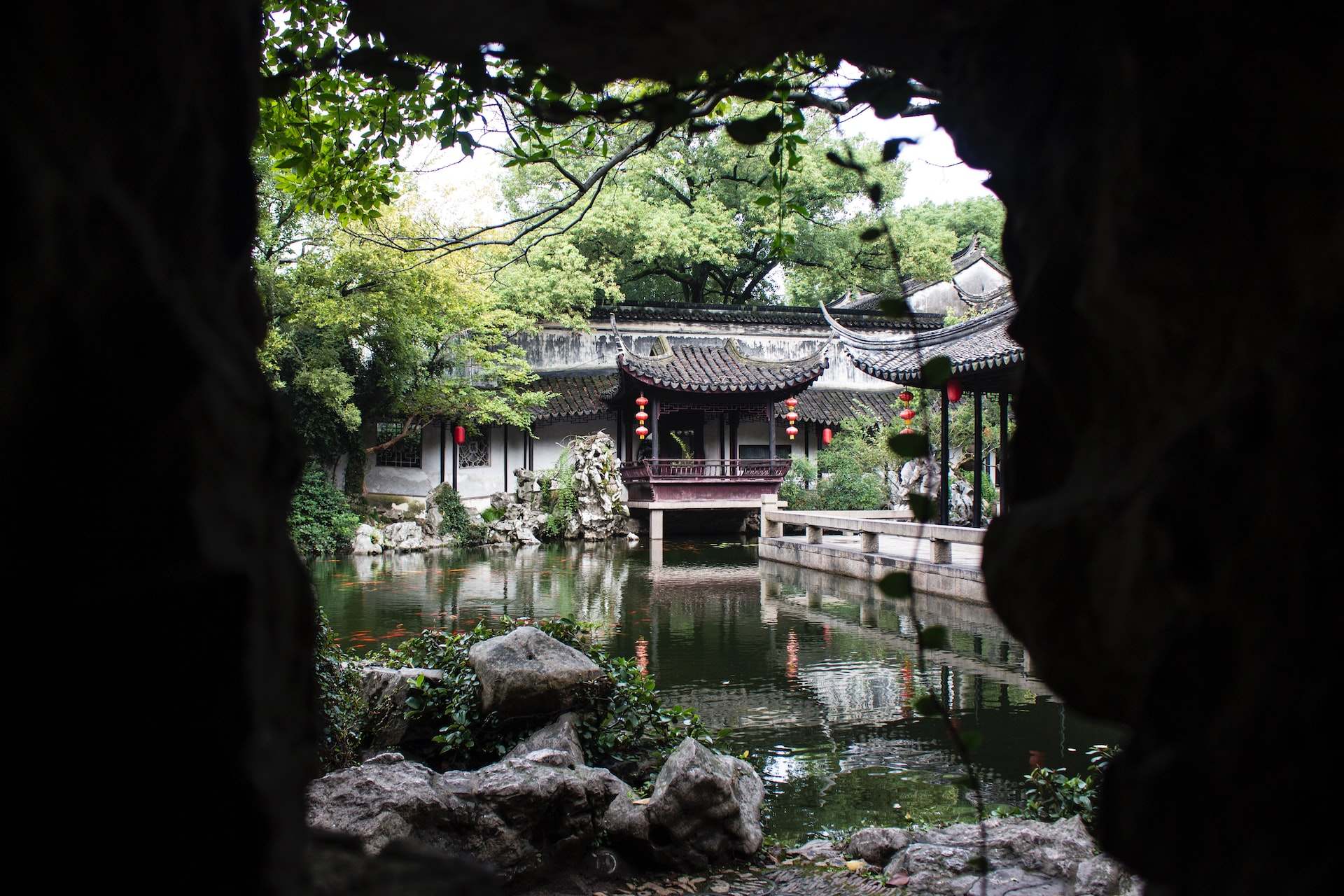Suwon neighborhoods offer a diverse range of living options for residents and visitors alike. From bustling city centers to peaceful residential areas, there’s something for everyone in Suwon. In this article, we’ll take a closer look at some of the most popular neighborhoods in Suwon and what makes them unique.
Hwaseong Fortress
The Hwaseong Fortress is a UNESCO World Heritage Site and one of the most popular tourist destinations in Suwon. The fortress, which was built in the late 18th century, is a great example of traditional Korean military architecture and offers stunning views of the city. Visitors can explore the fortress walls, watch traditional performances, and visit the Hwaseong Haenggung Palace, which was used as a temporary palace by the king during times of war.
Paldal-gu
Paldal-gu is a bustling city center that is home to many of Suwon’s major attractions. The area is known for its lively markets, such as the Paldalmun Market and the Suwon Traditional Market, which offer a wide variety of products, from fresh produce to traditional Korean crafts. Paldal-gu is also home to the Suwon City Hall and the Suwon Hwaseong Museum, which offer a glimpse into the city’s history and culture.
Gwonseon-gu
Gwonseon-gu is a residential area located in the northern part of Suwon. The neighborhood is known for its quiet streets and peaceful atmosphere. It is home to several parks and green spaces, such as the Gwonseon Park and the Suwon World Cup Stadium, which offers a variety of sports and recreational activities. Gwonseon-gu is also home to several schools, making it a popular choice for families with children.
Jangan-gu
Jangan-gu is a neighborhood located in the western part of Suwon. It is known for its traditional Korean houses and narrow alleys, which offer a glimpse into Suwon’s past. Jangan-gu is also home to several historical sites, such as the Janganmun Gate and the Suwon Hyanggyo, a Confucian school that was built in the 18th century. The area is also known for its delicious street food and traditional Korean restaurants.
Yeongtong-gu
Yeongtong-gu is a neighborhood located in the eastern part of Suwon. It is known for its modern architecture and high-tech industries. Yeongtong-gu is home to several high-rise apartment buildings and office buildings, as well as several shopping centers, such as the Suwon Ipark Mall and the Suwon Station Shopping Center. Yeongtong-gu is also home to several research and development centers, making it a popular choice for young professionals and students.
Hwaseo-dong
Hwaseo-dong is a neighborhood located in the southern part of Suwon. It is known for its traditional Korean houses and narrow alleys, which offer a glimpse into Suwon’s past. Hwaseo-dong is also home to several historical sites, such as the Hwaseong Seongyeokgung Palace and the Suwon Hwaseong Museum, which offer a glimpse into the city’s history and culture. The area is also known for its delicious street food and traditional Korean restaurants.
These are just a few of the many neighborhoods that Suwon has to offer. Each one has its own unique charmand character, and all are worth exploring. Whether you’re looking for a vibrant city center, a peaceful residential area, or a glimpse into Suwon’s history and culture, there’s something for everyone in Suwon’s neighborhoods.
Jungwon-gu
Jungwon-gu is a neighborhood located in the central part of Suwon. It is known for its mix of modern and traditional architecture, as well as its numerous parks and green spaces. Jungwon-gu is home to several historical sites, such as the Suwon Hwaseong Fortress, which is a UNESCO World Heritage Site, and the Suwon Hyanggyo, a Confucian school that was built in the 18th century. The area is also home to several restaurants, cafes, and shops, making it a popular choice for visitors and residents alike.
Pyeongchon-dong
Pyeongchon-dong is a neighborhood located in the northeastern part of Suwon. It is known for its modern apartment buildings and high-rise office buildings, as well as its convenient transportation options. Pyeongchon-dong is home to several shopping centers and department stores, such as the Pyeongchon Mall and the Suwon Station Shopping Center. The area is also home to several schools and universities, making it a popular choice for students and young professionals.
Hwado-dong
Hwado-dong is a neighborhood located in the southwestern part of Suwon. It is known for its traditional Korean houses and narrow alleys, which offer a glimpse into Suwon’s past. Hwado-dong is also home to several historical sites, such as the Suwon Hwaseong Fortress and the Suwon Hyanggyo. The area is also known for its delicious street food and traditional Korean restaurants, making it a popular choice for foodies and those looking to experience Suwon’s traditional culture.
Seobuk-gu
Seobuk-gu is a neighborhood located in the northern part of Suwon. It is known for its mix of modern and traditional architecture, as well as its numerous parks and green spaces. Seobuk-gu is home to several historical sites, such as the Suwon Hwaseong Fortress and the Suwon Hyanggyo, as well as several schools and universities, making it a popular choice for students and young professionals. The area is also home to several restaurants, cafes, and shops, making it a popular choice for visitors and residents alike.
In conclusion, Suwon offers a wide variety of neighborhoods, each with its own unique charm and character. From bustling city centers to peaceful residential areas, there’s something for everyone in Suwon. Whether you’re looking for a glimpse into the city’s history and culture, a vibrant city center, or a peaceful residential area, Suwon’s neighborhoods have something to offer.



